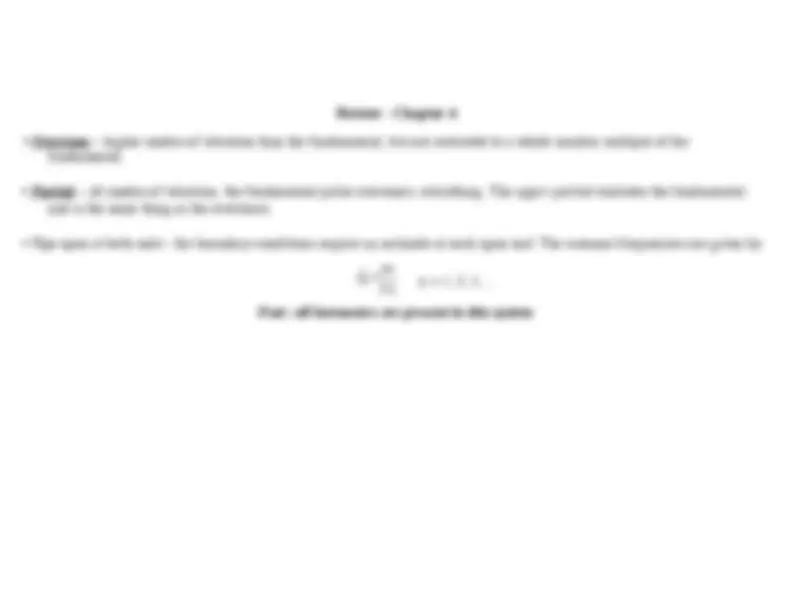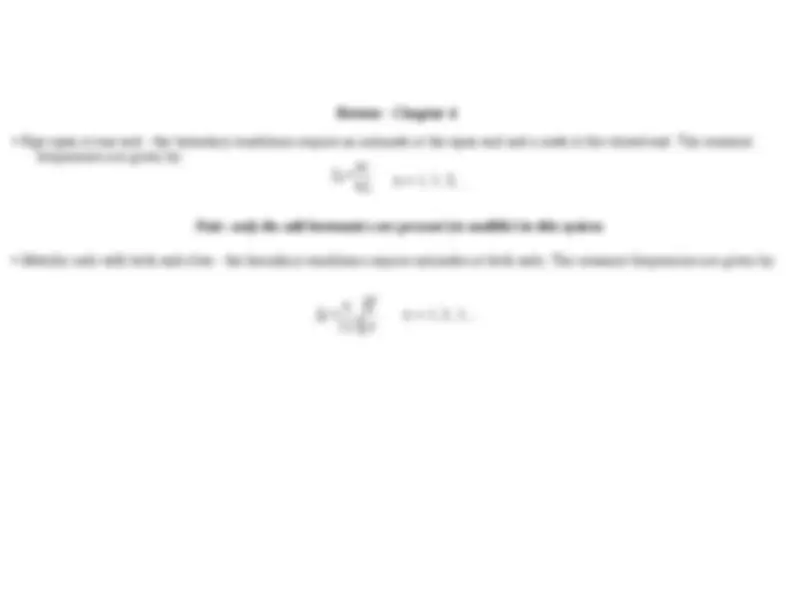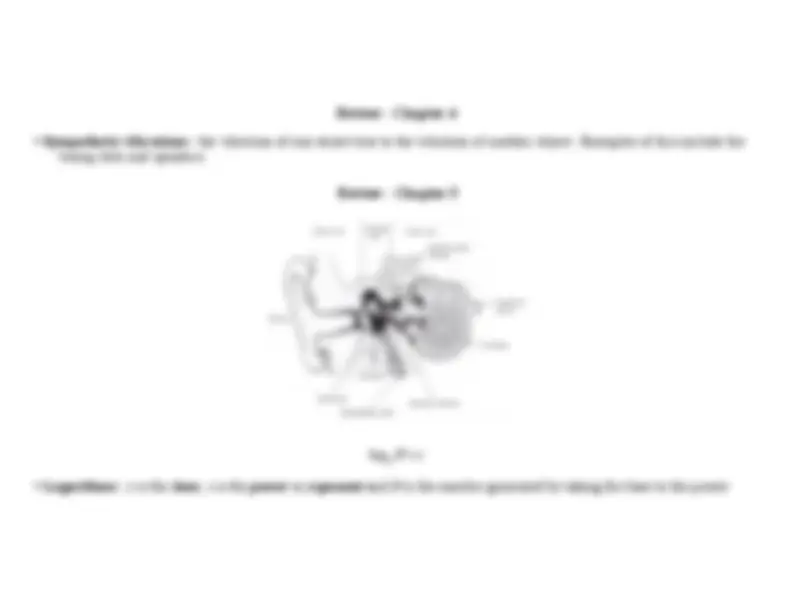





Study with the several resources on Docsity

Earn points by helping other students or get them with a premium plan


Prepare for your exams
Study with the several resources on Docsity

Earn points to download
Earn points by helping other students or get them with a premium plan
Community
Ask the community for help and clear up your study doubts
Discover the best universities in your country according to Docsity users
Free resources
Download our free guides on studying techniques, anxiety management strategies, and thesis advice from Docsity tutors
Material Type: Notes; Class: Acoustics; Subject: Physics; University: Duquesne University; Term: Unknown 1989;
Typology: Study notes
1 / 6

This page cannot be seen from the preview
Don't miss anything!




- Doppler Effect: An effect in which the observed frequency is different than the frequency being emitted by a source and is caused by a relative
motion between the observer and source of the sound.
can happen when waves go from one medium to another or if the properties of a medium change.
- Diffraction - the ability of waves to bend around obstacles
!
f = f
v ± v
o
v ± v
s
$
%
%
&
'
(
(
- Resonance - an effect when a system is driven at (or near) a natural frequency. The resulting amplitude of the vibration
dramatically increases.
There are two “types” of resonances, narrow and broad. The Q-factor is the man way to categorize resonances.
The smaller the linewidth ( ∆f ) the sharper the resonance or the higher the Q-factor. Basically the higher the Q-factor, the
closer you have to get to resonance to see an effect. While resonance is an important acoustical phenomenon, resonant
effects are not always desired.
This is how the book arrives at the generalized formula for the frequencies of modes of vibration (for a string fixed at both
ends ).
here n = 1, 2, 3,… and fn will be the frequency of the n
th
harmonic (the 1
st
harmonic is usually called the fundamental).
f
n
n
μ
!
f
o
" f
- Pipe open at one end - the boundary conditions require an antinode at the open end and a node at the closed end. The resonant
frequencies are given by:
Note: only the odd harmonics are present (or audible) in this system
n = 1, 3, 5,…
!
f
n
nv
n = 1, 2, 3,…
f
n
=
n
2 L
E
"
- Sympathetic vibrations - the vibration of one object due to the vibration of another object. Examples of this include the
tuning fork and speakers.
- Logarithms - y is the base , x is the power or exponent and N is the number generated by taking the base to the power
log
y
N = x
Review - Chapter 5